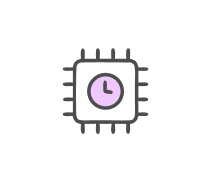Understanding CPU Components: ALU, Memory, and I/O Units Quiz
2.
You may optionally provide this to label your report, leaderboard, or certificate.
×
Thank you for your feedback!
















